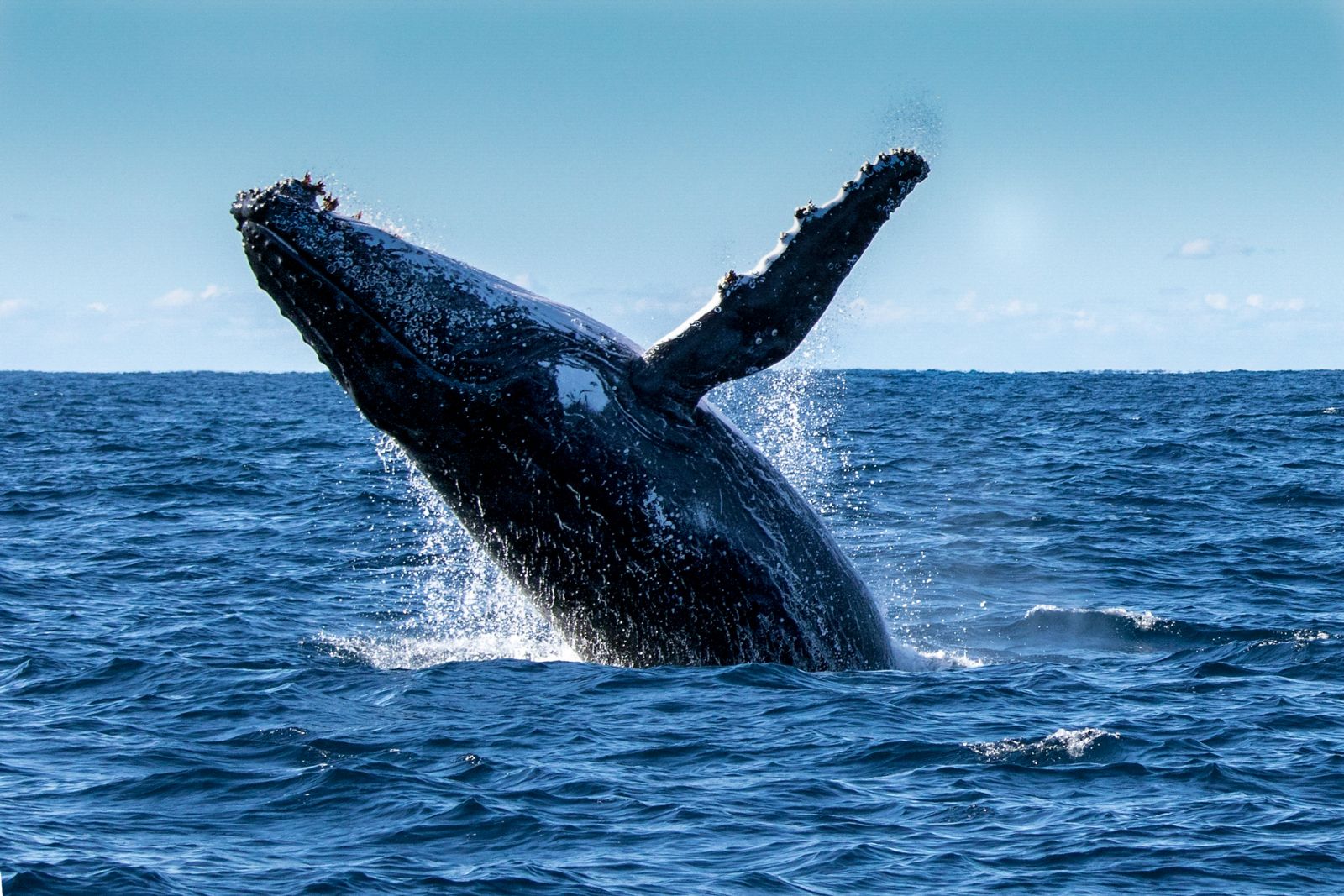 Scientists at Ocean Alliance, a non-profit dedicated to conservation efforts, have found a creative new application for drones (unmanned aerial vehicles or UAVs) with advanced vision systems: studying whales in their natural habitat.
Scientists at Ocean Alliance, a non-profit dedicated to conservation efforts, have found a creative new application for drones (unmanned aerial vehicles or UAVs) with advanced vision systems: studying whales in their natural habitat.
The non-profit is gathering vital scientific data on what affects the well-being of individual whales, as well as how human activity impacts entire whale populations.
Scientists Get Closer Than Ever Before
Being out on the water next to a 150-ton whale can be extremely dangerous. While scientists at Ocean Alliance can now study whales from a safe distance, they can also get closer than they had been able to in the past.
High-resolution cameras on the drone provide unobstructed views straight into the whale’s lungs. The drones also fly far above the water so that scientists can observe whale behavior that is undisturbed by human presence.
These drones are even equipped with petri dishes, so when a whale surfaces and exhales through it’s blowhole, scientists can collect rare genetic and hormonal data from the whale’s mucus.
This is a revolutionary approach to studying whale behavior and populations.
Will Drones Play a Major Role in Scientific Research Going Forward?
The CEO of Ocean Alliance, Dr. Iain Kerr, called this method of research “replicable and powerful.” Adding to the research potential of these drones is the significantly lower cost factor – around $2000 - than a more sophisticated research tool, which can cost upwards of $50,000.
Kerr went on to say that this type of drone-led research was not just to study one population of whales – it was to study whale populations for 10, 20 or even 50 years – a testament to the disruptive yet innovative impact these drones have had.
Drones go where humans can’t, and advanced vision systems provide imagery that’s never been accessible before.
Looking for the right camera for your drones? Learn about Dalsa’s Calibir.
